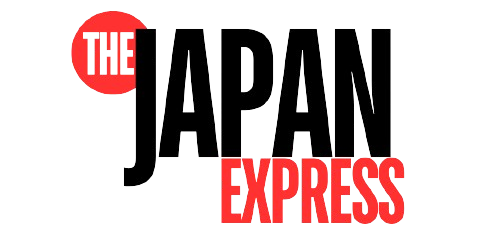The Indian calendar is filled with months that are named after the local languages and cultures of the country. From the Hindi-speaking regions to the Tamil-speaking regions, each month has its own unique name and meaning. These names are often derived from the Hindu lunar calendar, which is based on the movements of the moon.
The names of the months in the Indian calendar are often referred to as ‘Desi’ months. The term ‘Desi’ is derived from the Sanskrit word ‘desa’, which means ‘country’ or ‘region’. It is used to refer to the traditional Indian calendar, which is still followed in many parts of the country.
The Desi months are usually divided into two halves, the Shukla Paksha and the Krishna Paksha. The Shukla Paksha is the first half of the month, which is dedicated to the worship of the gods and goddesses. The Krishna Paksha is the second half of the month, which is dedicated to the worship of the ancestors.
The Desi months are usually associated with different festivals and rituals. For example, the month of Chaitra is associated with the Holi festival, while the month of Shravana is associated with the Raksha Bandhan festival. Similarly, the month of Magha is associated with the Makar Sankranti festival, while the month of Phalguna is associated with the Holi festival.
The Desi months are also associated with different seasons. For example, the month of Chaitra is associated with the spring season, while the month of Ashadha is associated with the monsoon season. Similarly, the month of Magha is associated with the winter season, while the month of Phalguna is associated with the summer season.
The Desi months are also associated with different zodiac signs. For example, the month of Chaitra is associated with the zodiac sign of Aries, while the month of Ashadha is associated with the zodiac sign of Cancer. Similarly, the month of Magha is associated with the zodiac sign of Leo, while the month of Phalguna is associated with the zodiac sign of Virgo.
FAQs
Q1. What are Desi months?
A1. Desi months are the traditional Indian calendar months, which are derived from the Hindu lunar calendar. These months are usually divided into two halves, the Shukla Paksha and the Krishna Paksha, and are associated with different festivals and rituals.
Q2. What is the meaning of the term ‘Desi’?
A2. The term ‘Desi’ is derived from the Sanskrit word ‘desa’, which means ‘country’ or ‘region’. It is used to refer to the traditional Indian calendar, which is still followed in many parts of the country.
Q3. What are the two halves of the Desi months?
A3. The Desi months are usually divided into two halves, the Shukla Paksha and the Krishna Paksha. The Shukla Paksha is the first half of the month, which is dedicated to the worship of the gods and goddesses. The Krishna Paksha is the second half of the month, which is dedicated to the worship of the ancestors.
Q4. How are the Desi months associated with different seasons?
A4. The Desi months are usually associated with different seasons. For example, the month of Chaitra is associated with the spring season, while the month of Ashadha is associated with the monsoon season. Similarly, the month of Magha is associated with the winter season, while the month of Phalguna is associated with the summer season.
Q5. How are the Desi months associated with different zodiac signs?
A5. The Desi months are also associated with different zodiac signs. For example, the month of Chaitra is associated with the zodiac sign of Aries, while the month of Ashadha is associated with the zodiac sign of Cancer. Similarly, the month of Magha is associated with the zodiac sign of Leo, while the month of Phalguna is associated with the zodiac sign of Virgo.
Q6. What festivals are associated with the Desi months?
A6. The Desi months are usually associated with different festivals and rituals. For example, the month of Chaitra is associated with the Holi festival, while the month of Shravana is associated with the Raksha Bandhan festival. Similarly, the month of Magha is associated with the Makar Sankranti festival, while the month of Phalguna is associated with the Holi festival.
Q7. Is the Desi calendar still followed in India?
A7. Yes, the Desi calendar is still followed in many parts of India. It is used to determine the dates of festivals and other important occasions.
Q8. How is the Desi calendar different from the Gregorian calendar?
A8. The Desi calendar is based on the Hindu lunar calendar, which is based on the movements of the moon. On the other hand, the Gregorian calendar is based on the solar year, which is based on the movements of the sun.
Q9. What is the significance of the Desi months?
A9. The Desi months are significant as they are associated with different festivals and rituals, and are also associated with different seasons and zodiac signs. They are also used to determine the dates of important occasions.
Q10. How are the Desi months divided?
A10. The Desi months are usually divided into two halves, the Shukla Paksha and the Krishna Paksha. The Shukla Paksha is the first half of the month, which is dedicated to the worship of the gods and goddesses. The Krishna Paksha is the second half of the month, which is dedicated to the worship of the ancestors.
